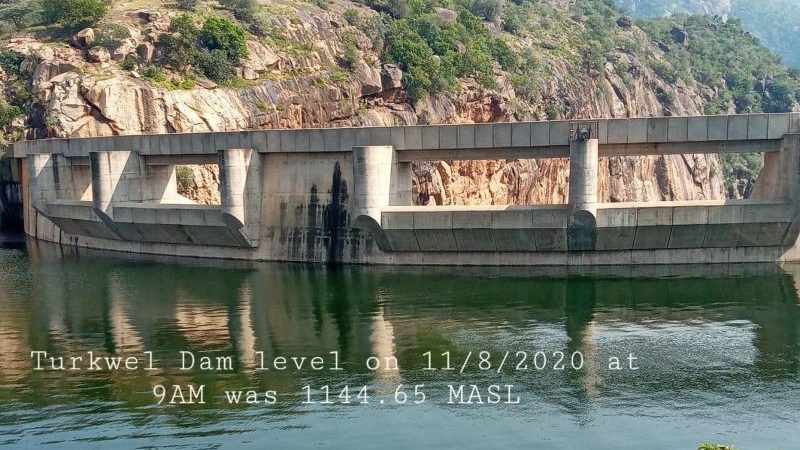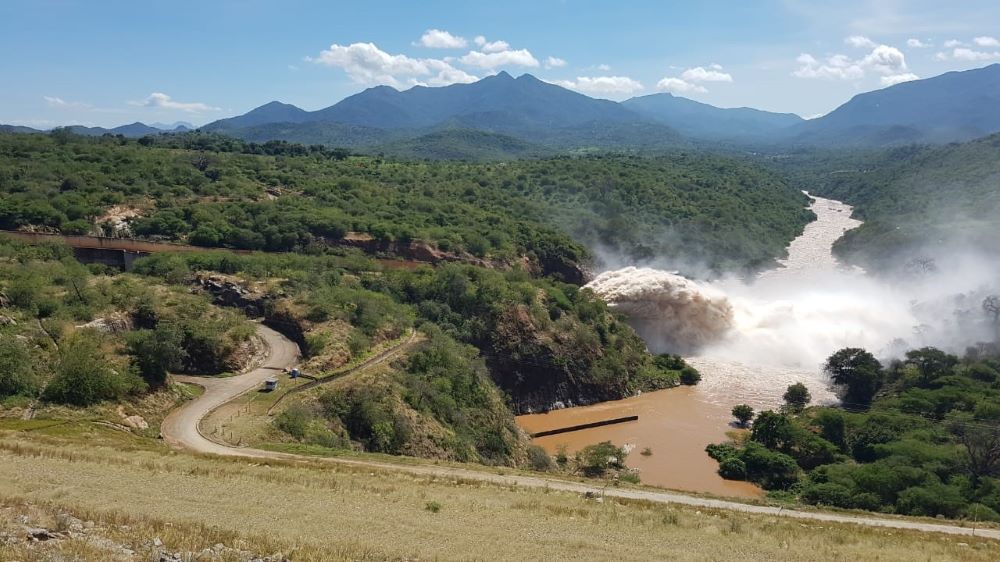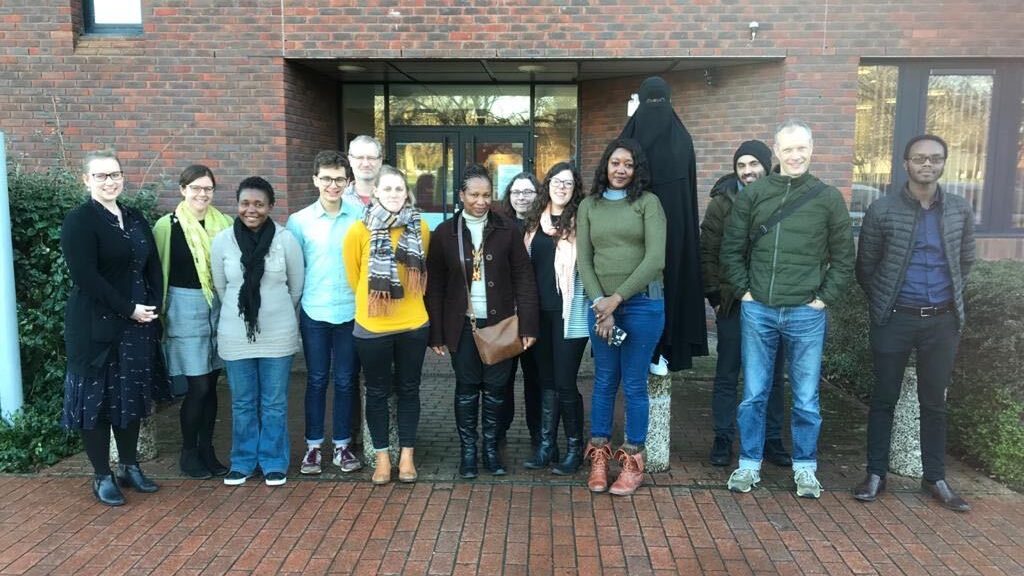Scientists are developing custom weather forecasts for Kenya’s energy sector, keeping the lights on and generators off.
GCRF African SWIFT meteorologists are producing new sub-seasonal forecast products for the Kenya Electricity Generating Company (KenGen), responsible for supplying more than 70% of Kenya’s electricity.
Created using data supplied by the European Centre for Medium Range Weather Forecasts through the WMO Subseasonal to Seasonal Project Real-time Pilot Initiative, the custom forecast products directly support hydropower generation – Kenya’s leading energy source.

According to Chief Energy Planner Willis Ochieng, hydropower is KenGen’s most important form of energy, accounting for 45% of their total supply.
“Hydropower is key to ensuring Kenyans have an uninterrupted energy supply,” he says. “We can’t control power demand, so when generation from other sources like wind or solar fall – because there is a fluctuation in wind or the sun passes behind a cloud, for example – hydro fills the gap to avoid any possible blackouts due to intermittent supply.”
Forecast products support energy planning
Hydropower uses fast-moving water to produce electricity, often using dams for water storage. Before the onset of rainfall season, KenGen lowers their dams to create space for the expected rainwater. The aim is to collect as much water as possible for power generation without overflowing, which can cause flooding downstream.
Because hydropower is reliant on rainfall, Ochieng says the forecast products from KMD are critical to avoiding blackouts, even during droughts.
“In the past, when we’d have serious droughts, Kenyans knew power was on the way out – we could go as long as six months without producing energy. Because of this, we used to have to bring in a lot of emergency diesel generators. Aside from the environmental impact, they’re also more than five times more expensive than hydro,” Ochieng says.
Now, instead of lowering dams before every rainfall season and hoping for enough rain to fill them, KenGen prepares power generation schedules based on KMD forecasts. Forecast-based decision making improves power generation, and also contributes to the UN Sustainable Development Goals, including providing affordable and clean energy (SDG 7), building sustainable cities and communities (SDG 11), and contributing to climate action (SDG 13).

“We get various products from KMD, including seasonal and monthly forecasts. We look at different scenarios and the probability of each scenario to plan the generation schedule – how much to raise or lower the dam levels – while mitigating water shortage and dam spillage,” he explains.
“Because the forecasts help us go through dry periods without losing adequate hydropower generation, we’ve been able to eliminate emergency diesel generators from the national electricity grid entirely. We’re now eliminating thermal power plants, moving closer to 100% renewable energy in Kenya.”
Aside from keeping the lights on and the costs low, forecast products are also key to disaster management. Based on forecasts provided by KMD, KenGen can determine when dams will overflow and by how much, enabling them to alert communities who live downstream to take precautions or vacate, while also supporting organisations like Kenya Red Cross who respond to flood disasters across the country.
Custom forecasts made possible by African SWIFT
According to Patricia Nying’uro, Principal Meteorologist at KMD, the new forecast products are made possible by the GCRF African SWIFT programme.
“For the longest time users have asked for forecast products tailored to their needs, but we didn’t have the capacity or data to do it,” she says.
“As part of the GCRF African SWIFT programme, we developed skills in Python programming through a hackathon and got access to ECMWF data. Now we can finally develop new products and forecasts, specifically designed to support decision-making for users like KenGen.”

In addition to improving the quality of forecast products, Nying’uro says KMD also sees increased trust and use of the custom climate information among users and the general public.
Weather forecasts key to climate resilience
While the African SWIFT programme responsible for piloting the custom forecasts is set to end in December 2021, Nying’uro and Ochieng both emphasise the need for continued partnerships between the energy and meteorology sectors.
“The link between hydropower and forecasting is critical to ensuring Kenyans have access to uninterrupted energy supply. We need climate scientists to be part of energy planning now and in the future, so the sustainability and long-term nature of our partnership with KMD is key,” Ochieng says.
“Our climate is changing, and weather impacts nearly everything in Kenya. Partnerships with meteorological services should be replicated in other sectors to continue building climate resilience so we can adapt to future climate-related shocks.”
This work is part of African SWIFT Testbed 2, a two-year initiative piloting real-time access to data to improve forecasts in Ghana, Kenya, Nigeria, Senegal and neighbouring countries on sub-seasonal timescales – one to four weeks into the future.
